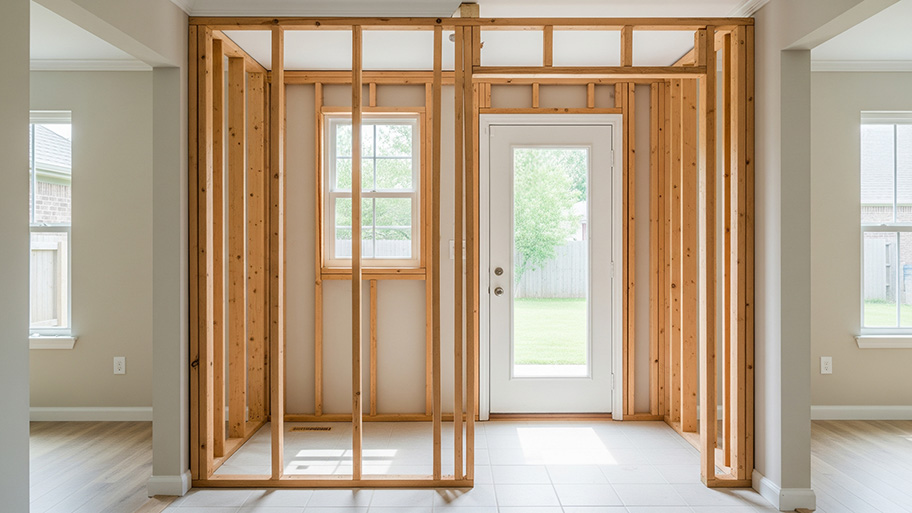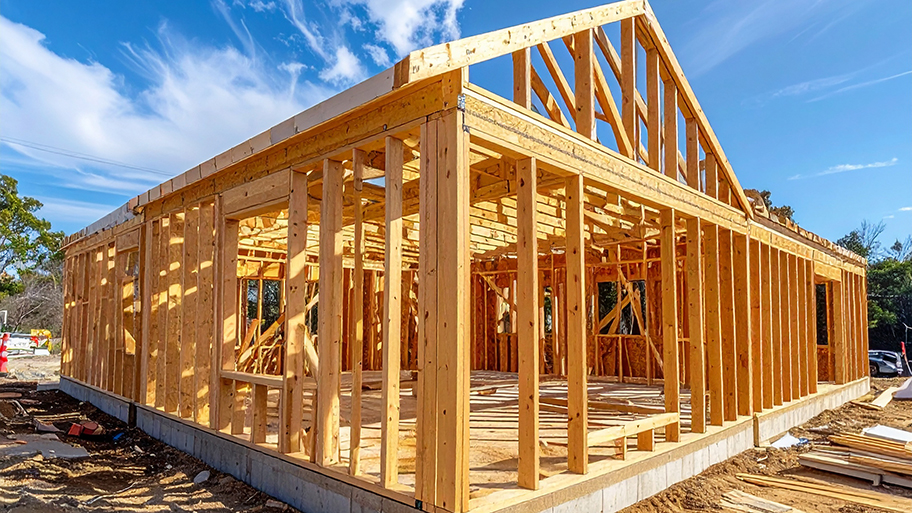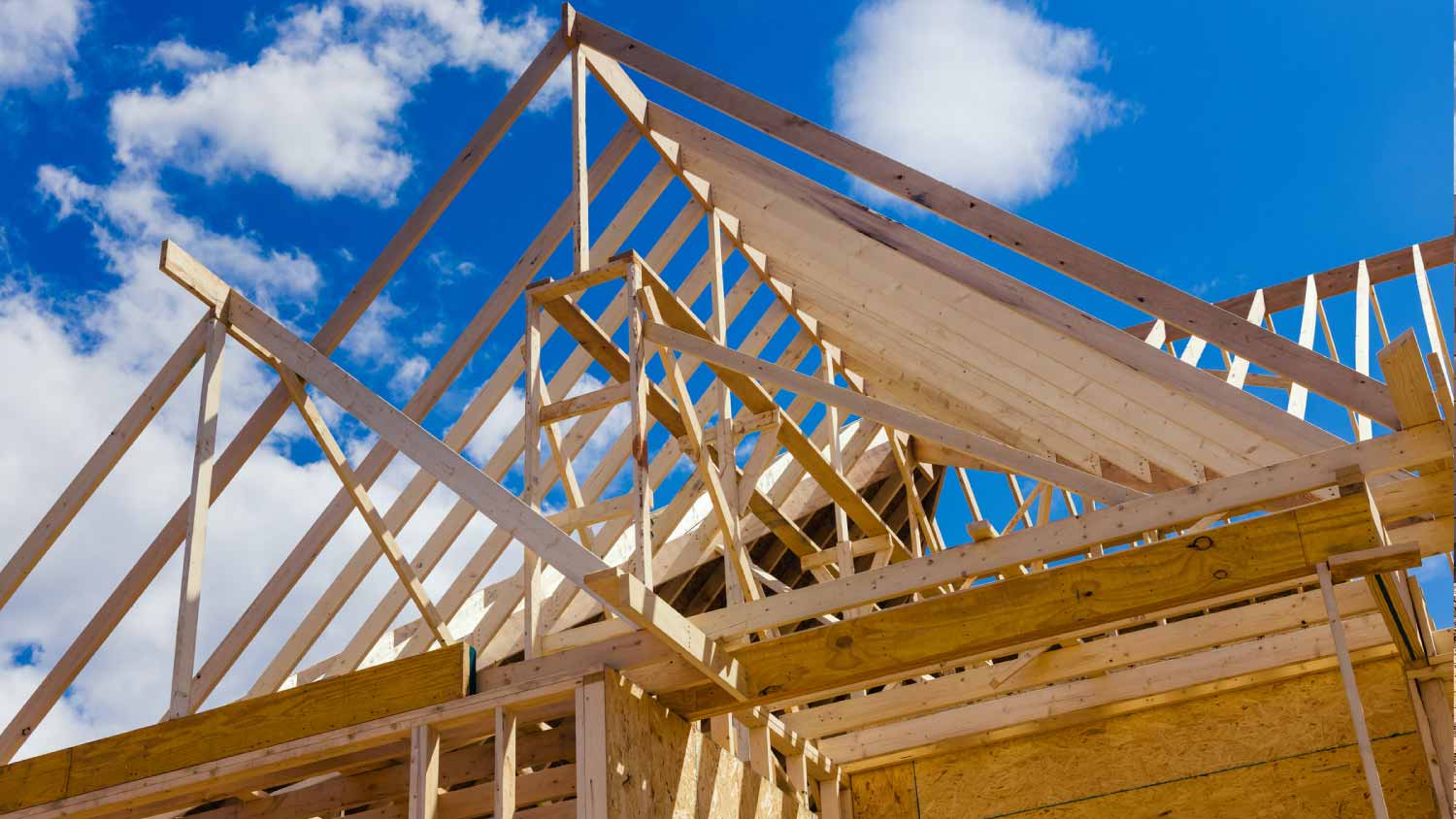
Sometimes, all your home needs is a new wall to make a room or provide an updated function to an existing space. Learn how much it costs to install a new wall.
From tilework to drywall installation, here's how to hire the best subcontractor for your home project


You binged on too many home improvement shows one weekend, and now you’ve got a laundry list of small home projects to tackle, but not the expertise or time to actually do them. That’s where subcontractors come in: These specialists are knowledgeable about one or a few areas, like masonry, heating, or landscaping, and can help your home dreams come true.
Read on to learn some tips for hiring the best local subcontractor for your project.
Prior to signing any contracts or making payments, you’ll want to ensure you’re hiring the best subcontractor for your particular project.
Tips for finding the right subcontractor for you:
Do an online search for highly-rated pros in your area, especially those who have experience in the task you’re doing.
Be sure to look into their licenses and insurance and make a list of questions to ask the potential hire about their work style and expectations.
Subcontractors are specialists working on specific projects such as plumbing, roofing, or engineering. If you only need to deal with a few small issues in your home, it might be better to hire separate subcontractors and manage them yourself.
Every subcontractor will be a little bit different—that’s the nature of their work as specialists. That said, you should provide some basic pieces of information to make sure you get accurate quotes. You’ll essentially be drawing up an RFP (Request for Proposal), and this should include:
Square footage of the area to be worked on
Location (indoor or outdoor)
Type of existing materials
Type of new materials
Any furniture or other items that might need to be removed or uninstalled before work can begin
If there is any existing damage
You should aim for at least three different quotes from local contractors and make sure their quotes describe in detail what their pricing covers and doesn’t cover.
One of the best ways to hire a qualified subcontractor is to speak with people who have worked with them in the past.
See if your neighbors, family, or friends have contractors they have successfully worked with and get quotes from them. You can also talk to local building inspectors who will know contractors who will be up-to-date on code requirements.
Subcontractors are specialists and should have at least a few years of experience in their field. Ask to see a portfolio of their previous jobs so you can confirm their style and work meets your requirements.
Subcontractors should have workers’ compensation coverage for all employees, as well as minimum liability coverage. The minimum liability plan should cover both general and auto claims. You should ask to see a Certificate of Liability as proof of insurance, too—don’t worry, this won’t seem odd to any subcontractor on the up-and-up; it’s a common ask.
As for licensing, every state has different rules around what kinds of subcontractors need to be licensed. In California, for instance, all kinds of contractors must be licensed by the California Contractors State License Board if the contracted work equals $500 or more. Check with your state’s rules to better understand what kind of licensing you should be looking for.
Do your own research by reading online reviews, but feel free to also ask your subcontractor for a list of references you can call.
Check your potential hire’s Experience Modification Rate (EMR) verification and Occupational Safety and Health Administration (OSHA) records to avoid any serious safety problems.
Now that you have a shortlist of contractors that you trust are qualified and have great references behind them, here are some follow-up questions to help you make your final decision.
How long have you been working in this field?
What is your estimated timeline for this project?
Do you have the right equipment for this job, or will you need to rent items?
When do you start the workday?
When do you end the workday?
What’s the best way to get in touch with you/how often do you like to communicate?
What is your safety protocol for the worksite?
Congrats—you’ve found the one! Now it’s time to get the details of the project finalized so work can commence.
No matter the size of the job, you should get a confirmation in writing that you and your subcontractor agree to:
Timelines
Scope of work
Pricing
Payment structure
Warranties
Quality standards
Cleanup procedures
Termination terms
You’ll also need to get a 1099 and W9 completed by every subcontractor you hire for tax purposes. If you have a lawyer, it doesn’t hurt to have them review the contract before you sign.
Establish a schedule for times to talk with the contractor, keep logs about progress, and ensure you’re both on the same page regarding daily reporting and time cards.
First, inspect the work to make sure everything is up to your standards. If not, talk to the subcontractor to come up with a resolution.
Once they complete the work to your satisfaction, arrange for any final payments.
Finally, since this kind of work relies heavily on word-of-mouth and online reviews, look for places where you can share your experience with others.
From average costs to expert advice, get all the answers you need to get your job done.

Sometimes, all your home needs is a new wall to make a room or provide an updated function to an existing space. Learn how much it costs to install a new wall.

The cost to frame a house can vary depending on the size of your home, the structure you’re building, and your materials. Keep reading to learn how much framing your house might cost.

Installing a dumbwaiter can save you time and energy. Learn how much a dumbwaiter costs with this guide.

What is dry rot and how do you manage it? Dry rot is a fungus that attacks wood. Learn how to get rid of it before it causes structural damage.

Learn about the eight most common types of house framing, each with different pros and cons, ideal locations, and costs, to determine the best one for your build.

Deciding between using cedar vs pressure-treated wood for your outdoor project comes down to budget, appearance, durability, maintenance, and other factors.